Silk Road: Tajik Style
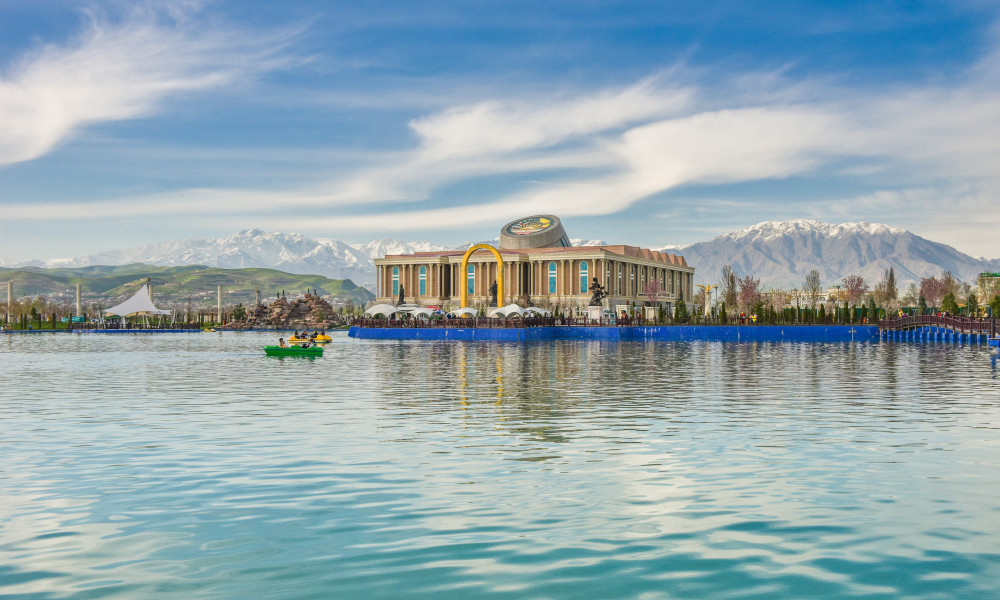
When speaking about the Silk Road as a whole, it is important to understand that it wasnt a certain route it was a net of various tracks that connected Eastern Asia to countries of the Mediterranean. Historians specify at least four highways, each of them comfortable in terms of logistics in its own way. And yet, all of them went through the territory of modern Tajikistan the state that has been swiftly developing tourism over recent years. There it was: picture of crossroad, with Europe already far away yet with enough way to cover to Eastern states, mainly in steppes, ravines and mountain saddles.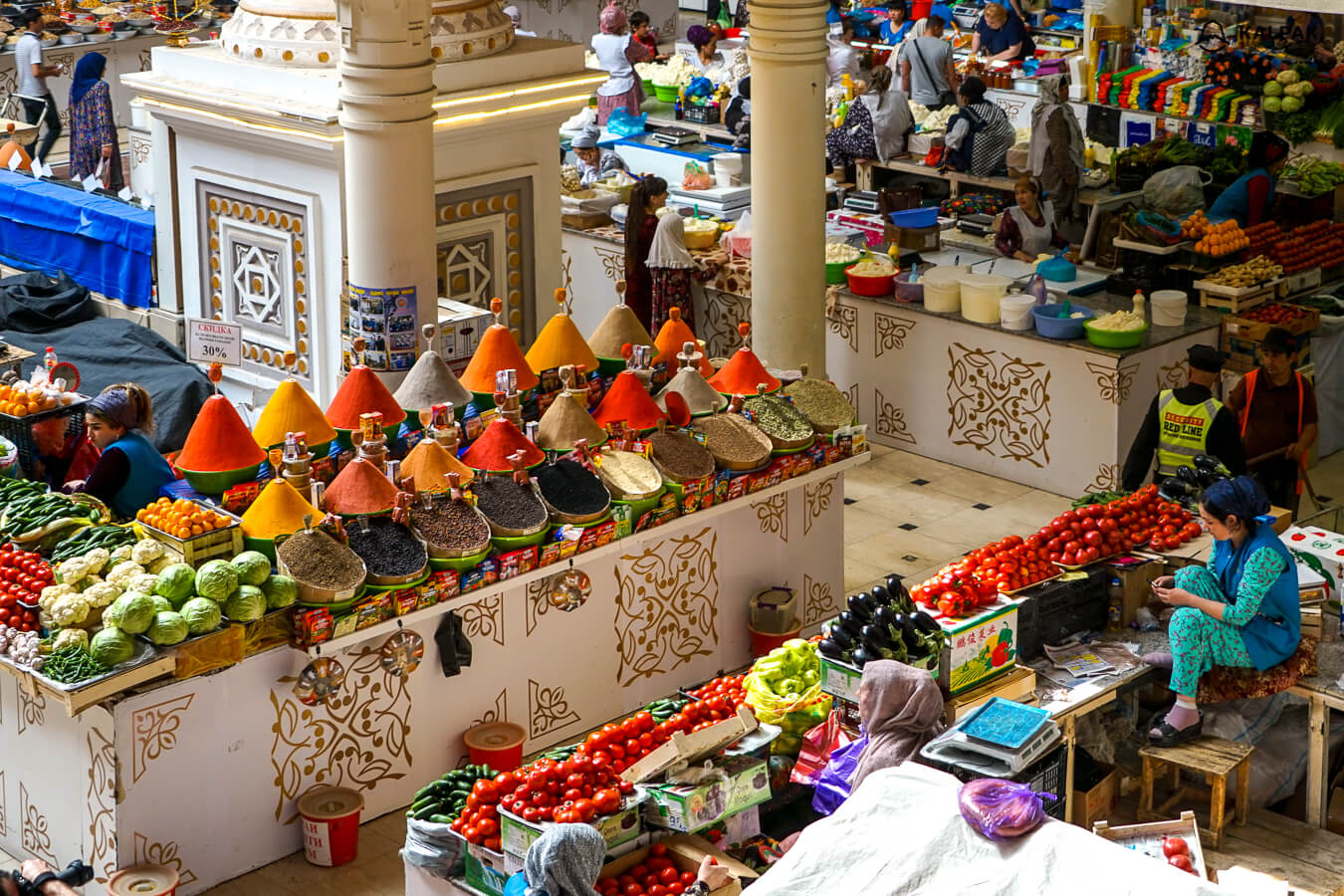
Photo kalpak-travel.com
All in all, there were over a dozen settlements of various size through which legendary routes went. Some of them fell into the oblivion while others, like, for instance, Dushanbe the capital were lucky to snowball into a metropolis with almost a million of population. We decided to tell about four most interesting cities of modernity where there ae still many reminders of the great times of adventure seekers.
Istaravshan
This city, situated in the north of the country, in the foothill of Turkestan Range, is considered to be one of the worlds most ancient according to the most modest calculations it is 2500 years old. Moreover, in 20th century, when acknowledged as a point on the Silk Road, Istaravshan has been attracting expeditions from all over the planet and during one of them a black shale slab was discovered that is at least 100 thousand years old. So, Tajikistan is called a state of civilization's beginning for a reason.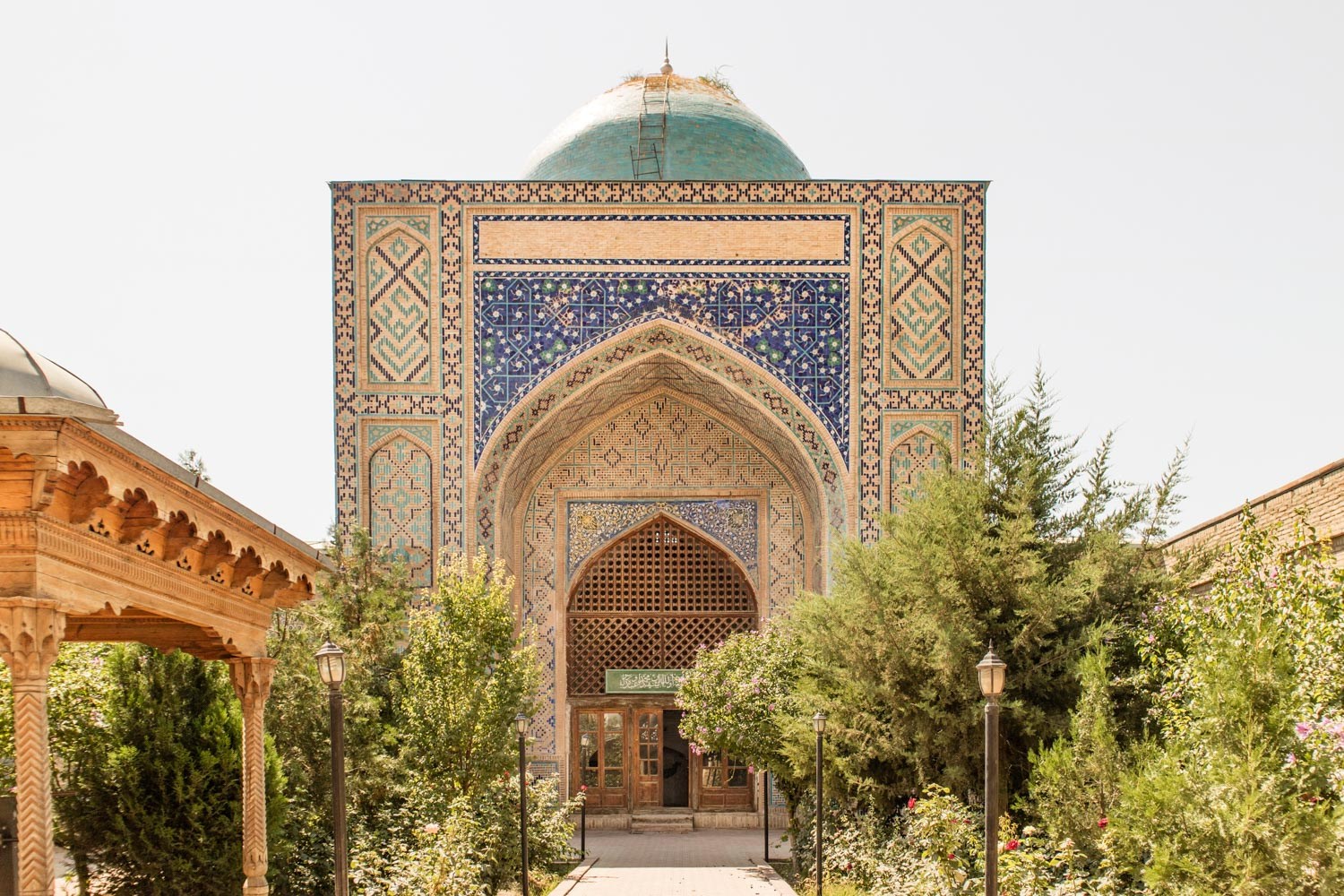 Photo adventuresoflilnicki.com
Photo adventuresoflilnicki.com
Nowadays museum city with sixty thousand of population is still interesting because many ancient objects are perfectly preserved for any tourist to touch them. Kok-Gumbaz Mosque and Madrassah and Khazrati-Shokh Mausoleum are believed to be main landmarks. The former was built as far back as in 16th century and managed to serve as an astronomy object, educational establishment and religious purposes construction. It has an exceptionally beautiful dome that seems to be floating over the city when you look at Istaravshan from above one true masterpiece of architecture art. As to mausoleum, there the remains of St. Khazrati Shokh rest, and legend has it that he was related to Prophet Muhammad. On the territory itself, aside from the shrine, there is an ancient cemetery and slightly further a spring with healing water. Everythings according Muslim canons, a tomb nearby a spring. Having survived and witnessed a lot over its history, currently the city experiences another stage of development – roads are built, money is invested into infrastructure, relics of the past are being taken under protection.
Kulob
In south-west of Tajikistan, in the foothill of Khazartishokh Range Kulob is spread once the largest city of Khanate of Bukhara. Alongside developed trade and craft, this location used to be attractive also due to spiritual virtues a lot of schools and literature circles functioned there. Therefore even nowadays they say that it is the city of poets. Abdurakhmon Khodja Nasekh, Haji Hussain Kangurti and Bismil are the most relevant for western culture. Nevertheless, in 18th 19th century Kulob fell into decay and therefore only in times of Soviet authorities the city managed to get its status back. For travelers it is interesting not only for its ancient architecture (with Mausoleum Mir Said Ali Khamadoni, Kalai-Mir Fortress and Kofir-Kala settlement standing out more than others) but also for an opportunity of true eastern shopping for jewelry, silk items and, sure enough, carpets. They seem to be the best picture of eternity.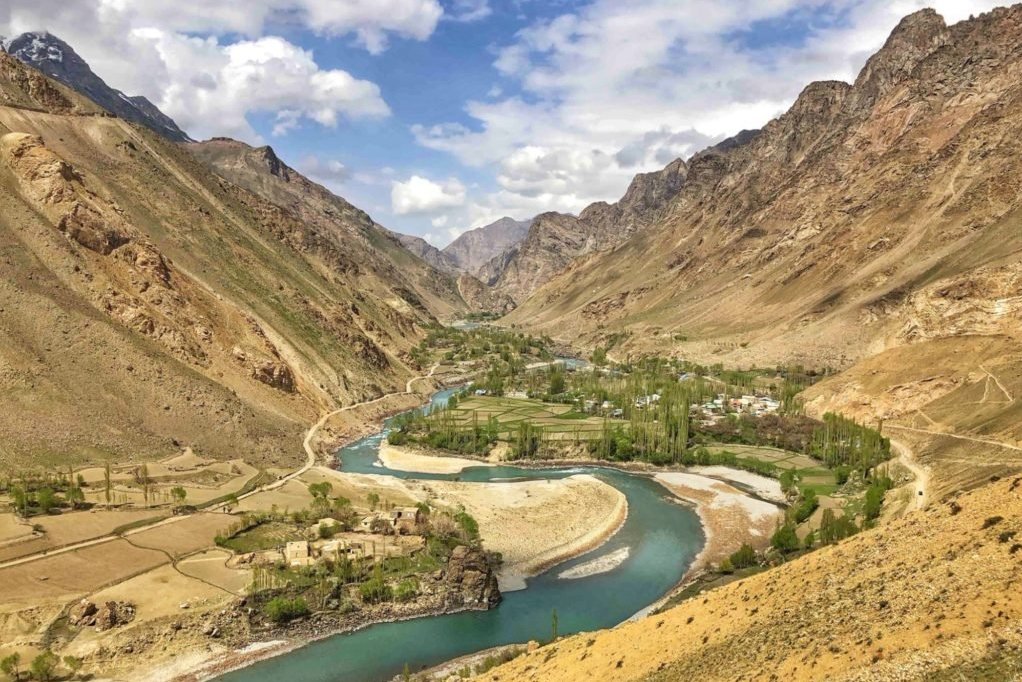
Photo Pamir Highway whirled-away.com
Khujand
Khodjent, as it is also called in Persian way, second largest city of Tajikistan, saw everyone near its walls, including Alexander the Great and Genghis Khan. Science, trade and craft all attributes of prosperity, that also meant wealth, were developed there. Therefore every new world conqueror from Eurasia dreamt of subduing it. Numerous fights and sieges lead to the city being almost completely destroyed as early as in Middle Ages, and, most regrettably, not all of its landmarks survived till our times. Among remaining ones the first one to deserve attention is Panjshanbe typical Asian market; it seems like spices sold there can be smelled as far as in Europe. Not to try both fragrant and nourishing pilaf there is major touristic crime. Remains of the city's main citadel fortress is a true monument and a reminder that wars destroy everything. While walking among centuries-old stone fortifications you come to ealize that in the name of own ego people can both create and destroy. Good thing is that unique Masjidi Jami Mosque stayed preserved; according to specialists it is a synthesis of construction and ornamental art.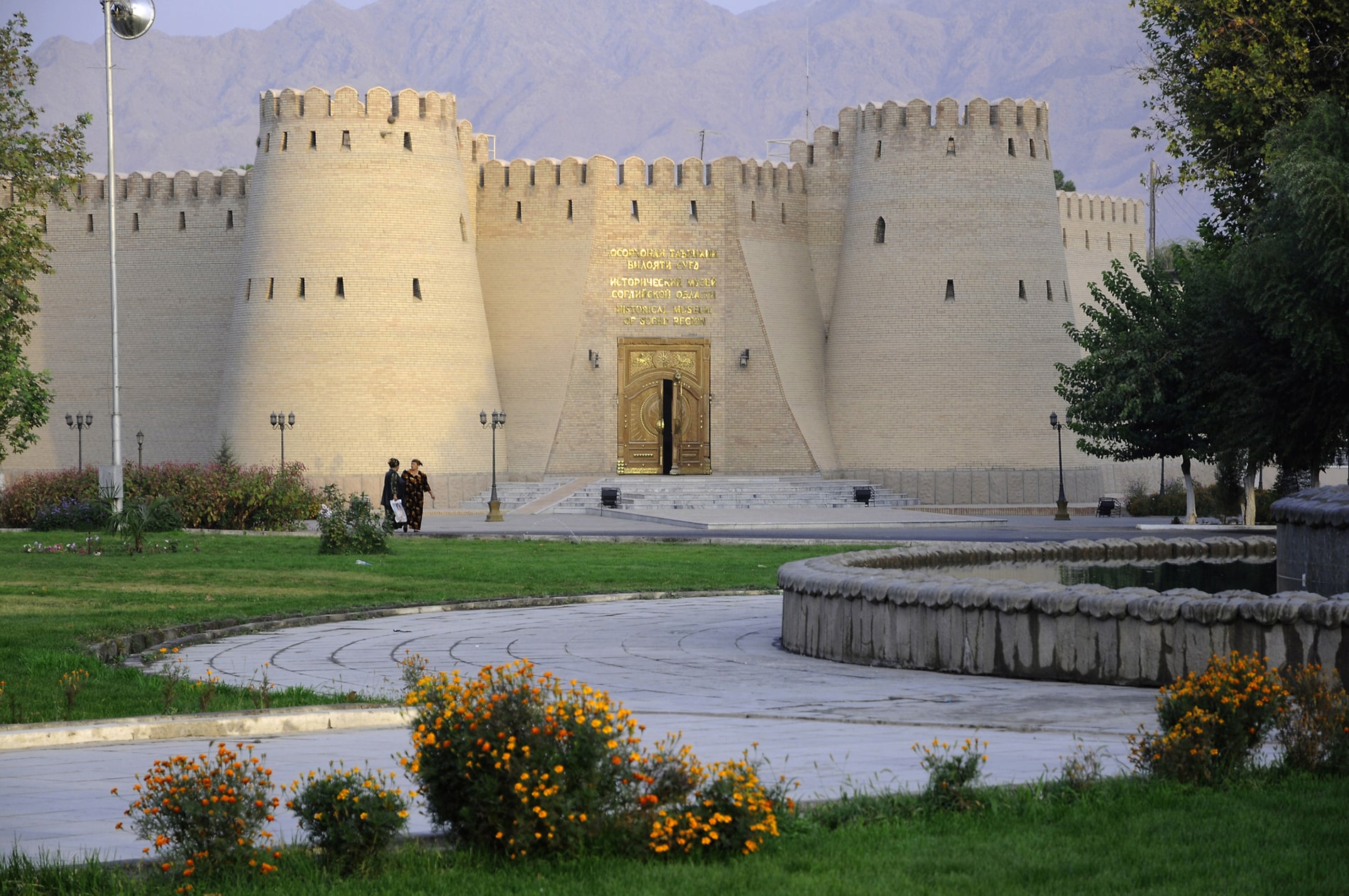 Photo heroesofadventure.com
Photo heroesofadventure.com
Dushanbe
We suggest we conclude our tour with the capital and main pearl of the ancient state - with marvelous Dushanbe. Today there is entwining harmony of old buildings and modern objects, it creates an inimitable ensemble of the East that can't but lure tourists. And, speaking of them, their number inceases each year. Example of "Monday" (that's how the city's name translates) shows how a tiny kishlak on the Silk Road can become an oasis, developed and as comfortable to live in as possible. The capital is full of landmarks and we promise to dedicate a whole feature to it, but in the meantime, as a starter, here come two favorites of ours. It is a must for all and everything to have a walk along Shotemur Street because it is local Montmartre with numerous authentic shops and cafes: one's head can go spinning because of all the carpets, oriental robes, fruits, jewelry and local heat so remember to relax over a glass or two of cool ayran. Another place that's striken us is Rudaki Park. It is especially exciting there in late hours when everything is lit not by lanterns but by amazing fountains. All in all, Dushanbe is the concept and the essence of the Silk Road. All this beauty and wealth requie thousands of kilometers, both actual and mental, to be covered, despite torridity, windy steppes and insidious dangers. But when there, able to see the scope with own eyes and breath in atmosphere of East Asia, you realize that it is all worth it.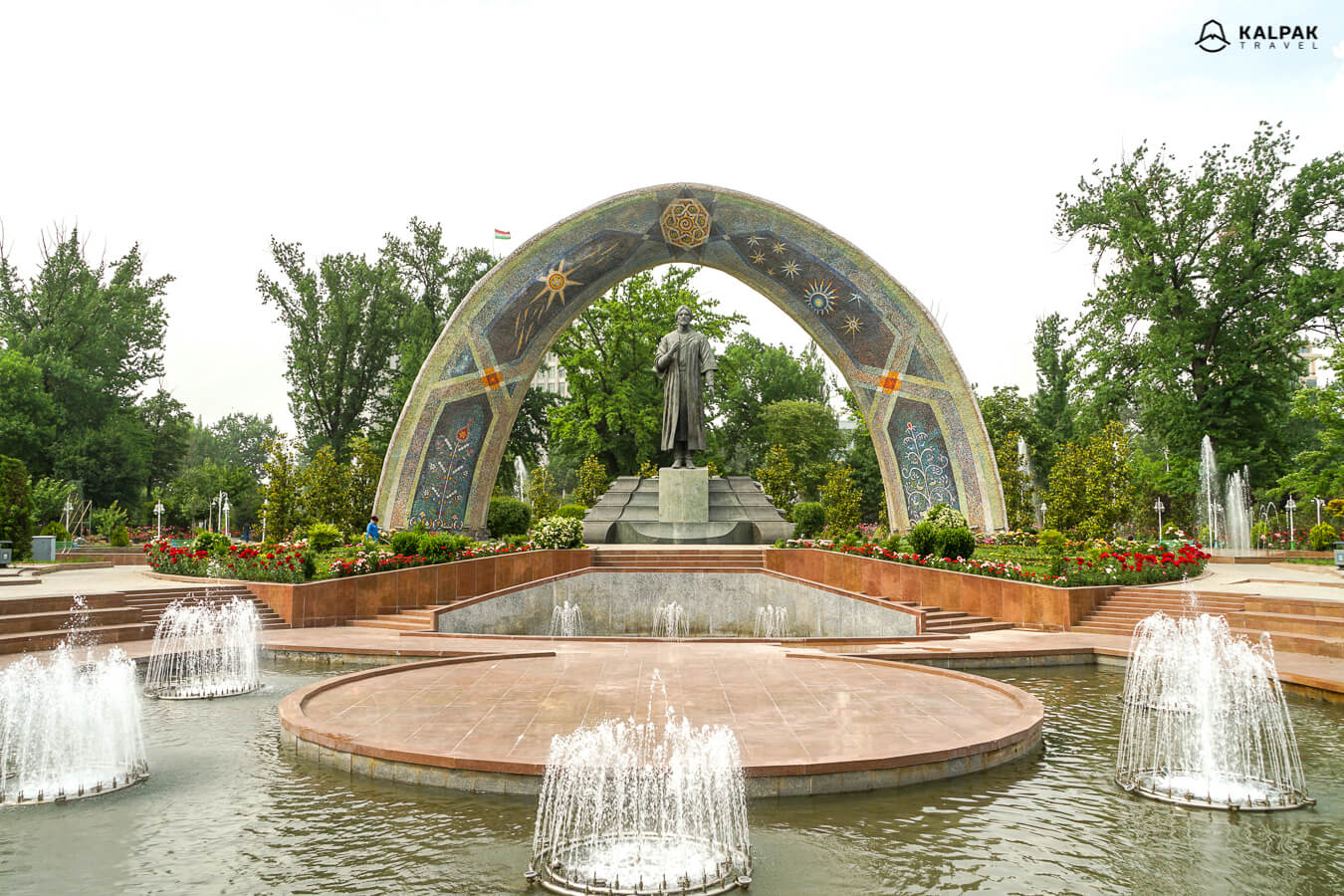 Photo kalpak-travel.com
Photo kalpak-travel.com
Cover photo telegraph.co.uk





















